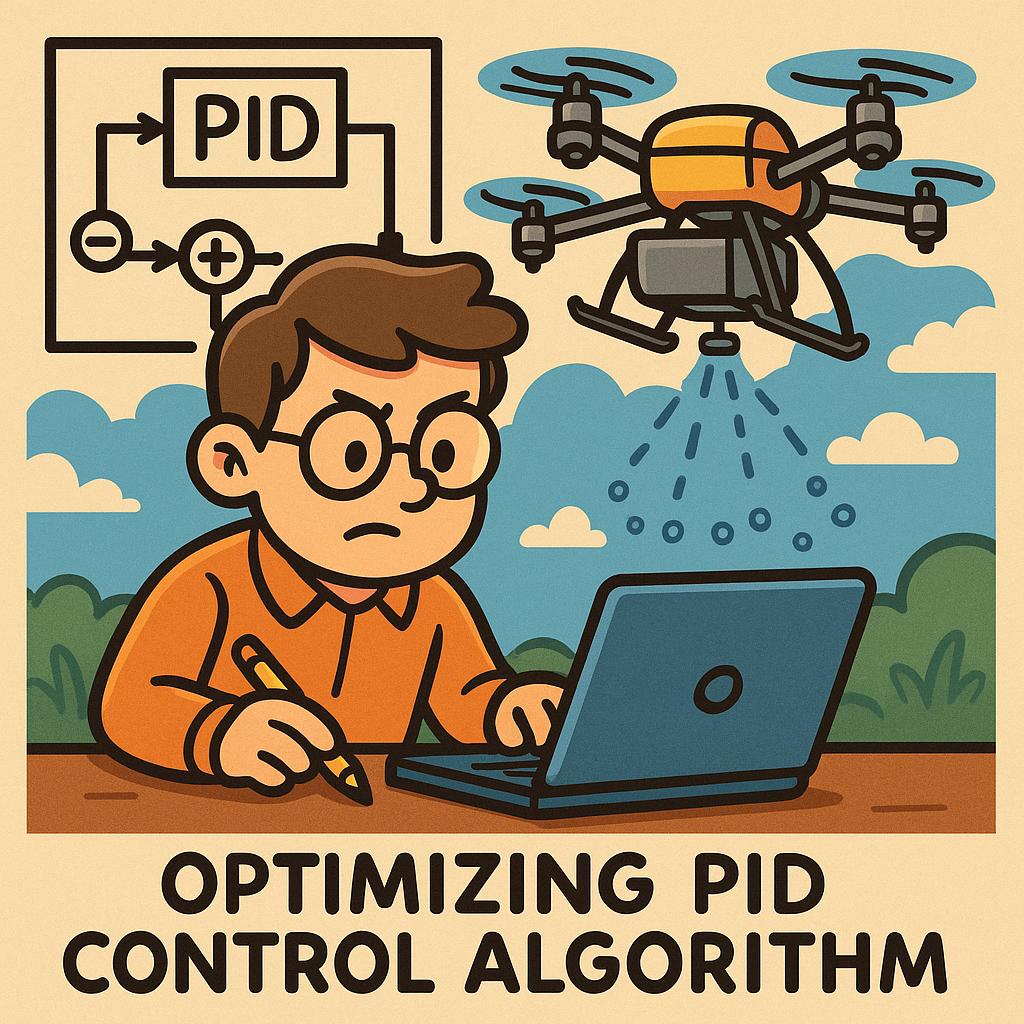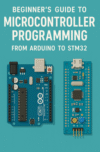Understanding the Role of PID Control in Agricultural Drone Sprayers
In the rapidly advancing world of precision agriculture, drones have emerged as a vital tool for crop management, particularly in the application of fertilizers and pesticides. However, achieving the desired precision in spray patterns while maintaining stability is a significant challenge. This is where Proportional-Integral-Derivative (PID) control algorithms come into play. They govern the behavior of the drone’s flight control systems, ensuring that the sprayer operates optimally despite varying environmental conditions.
Challenges in Real-Time Firmware Implementation
Implementing PID control in real-time firmware for agricultural drones entails a unique set of challenges. First, the dynamic nature of drone flight—affected by wind speed, payload weight, and battery life—makes it difficult to maintain consistent spray patterns. Every change in altitude and velocity can lead to overshooting or undershooting the target application rate, which directly impacts crop health and yield.
Additionally, the firmware must execute control algorithms with minimal latency. The control loop must be executed at high frequencies, often exceeding 100 Hz, to ensure that adjustments to the drone’s position and spray mechanisms are made swiftly. Any delays can exacerbate instability, leading to uneven distribution of chemicals.
Engineering Design Decisions: Hardware Considerations
To optimize PID control algorithms, hardware selection is crucial. High-quality sensors, such as IMUs (Inertial Measurement Units) and barometers, provide real-time data regarding the drone’s orientation and altitude. However, the choice of sensors isn’t just about accuracy; it also involves considering the power consumption and weight. Lightweight sensors with low power requirements are essential to prolong flight time without sacrificing performance.
Furthermore, the processing unit needs to be robust enough to handle complex calculations while maintaining energy efficiency. Microcontrollers like the STM32 series are popular choices due to their high processing power and low power consumption, making them well-suited for real-time applications.
Tuning PID Controllers for Enhanced Stability
Tuning PID controllers is an art and a science. The primary challenge lies in finding the right balance between the proportional, integral, and derivative gains. If the proportional gain is too high, the system may become unstable, leading to oscillations. Conversely, a too-low gain could result in sluggish performance and an inability to respond effectively to disturbances.
The integral component is critical for eliminating steady-state errors. However, excessive integral gain can cause the drone to overcorrect, leading to instability. Therefore, careful tuning is essential. Engineers often employ techniques like Ziegler-Nichols or software simulation environments to iteratively adjust parameters while observing system response.
Implementing Feedforward Control for Improved Performance
In addition to traditional PID control, implementing feedforward control can significantly enhance stability. By anticipating the required control actions based on the drone’s trajectory and external conditions, feedforward control can reduce the burden on the PID controller. For example, if wind data is available, the firmware can adjust the spraying parameters preemptively, improving the overall performance of the sprayer.
Real-World Trade-offs: Cost vs. Performance
As with any engineering project, trade-offs between cost and performance are inevitable. Investing in high-precision sensors and advanced computing hardware can lead to improved stability and accuracy, but it can also inflate the cost of the drone. Manufacturers must weigh the benefits of enhanced capabilities against market price sensitivity.
Another trade-off involves the complexity of the control algorithms. While more sophisticated algorithms can bring superior performance, they also require more extensive testing and validation, which adds to development time and costs. Simplicity in design can sometimes yield more reliable systems, especially in unpredictable agricultural environments.
Field Testing and Iterative Improvement
Ultimately, the optimization of PID control algorithms is an iterative process that thrives on field testing. Real-world conditions can reveal insights that theoretical models may miss. Collecting data from various flight scenarios allows engineers to refine control parameters and improve firmware reliability. This cycle of testing, tuning, and retesting leads to a more robust agricultural drone capable of performing under diverse conditions.



